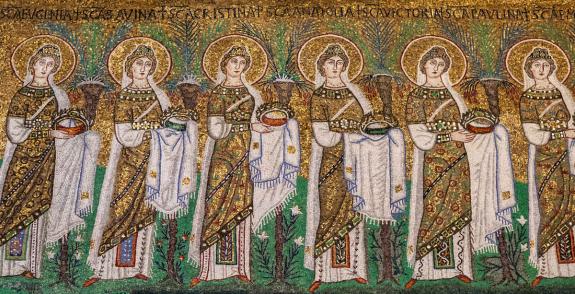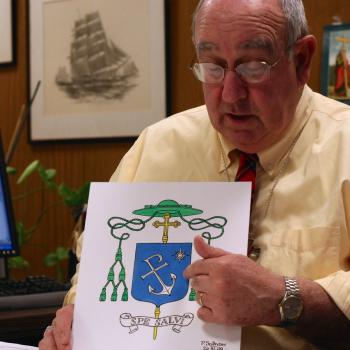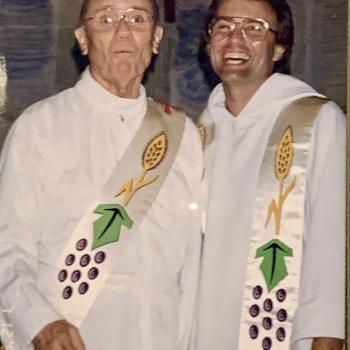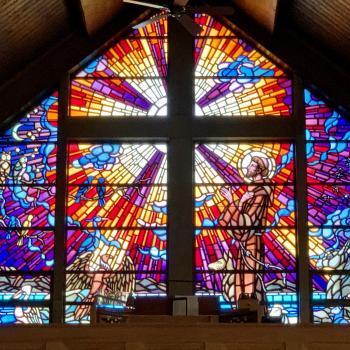
My friend and diaconal sibling from the East, Father Deacon Daniel Dozier, posted the following proposal on Facebook. I repost here with his kind permission. He titled it: “Possible Solution to the Question of Deaconesses?”
Personally, I have my doubts. But he has some interesting ideas. See what you think.
***
I may have a possible solution for the question of Deaconesses in contemporary Catholic life.
My thinking on this is as a Deacon who is concerned about the varying levels of participation in the local Church in the charism of diakonia, without wishing to contradict the official teaching of the Catholic Church vis-a-vis the issue of women’s ordination.
The suggestion is to establish an order/society of consecrated life at the Diocesan level under the patronage of St. Phoebe the Deaconess.
Women who would enter this society/order through a form of religious consecration must be single, 40+ years of age, and serve in the name of the Bishop in a ministry by women, for women in local parishes where they are assigned.
Their role would be to engage in the Corporal and Spiritual Works of Mercy (including catechesis), to help organize the lay apostolate and leadership of women in close collaboration with the Deacon(s) and under the authority of the Pastor, and to help ensure the spiritual and pastoral needs of women and children are met in the parish.
This ministry would stress the mediating, animating, and charitable role of the charism of diakonia through an official form of consecrated life in the Diocese. (This has become especially important given the steady decline in religious order nuns over the past several decades.)
The specific domain of their service in the liturgy would be within the nave, helping to maintain good order and full participation as needed. As a sign of their leadership and service in the local Parish, they would receive Holy Communion immediately after the Priest and Deacon in the liturgy and before the Laity.
They would automatically be made part of the Parish Council in the parish where they were assigned. As consecrated women, they would wear a simple black habit and a white veil. They could live a common life of prayer with other consecrated women in the Order of St. Phoebe the Deaconess, and would be obligated to pray the Divine Praises (Liturgy of the Hours) daily. Their service to the local parish should be stipendiary, and the diocese would be obligated to provide suitable housing for them.
They could also be organized and collaborate across the Deaneries and the Diocese, with an elected “protos” who would also be approved by the Bishop to serve in this role in the chancery and at diocesan levels. Part of her role would also be to serve as a diocesan liaison for local women’s religious and monastic communities on behalf of the Bishop.
Their consecration to this service would be celebrated by the local Bishop, and they would promise chastity, stability and obedience to him and his successors.
Short of calling them a “Deaconess” (which may or may not be advisable), essentially it is a form of life as a diocesan Religious Sister with a specific diaconal mission to women and children in a Diocese in the name of the Bishop, often in a parochial setting.












